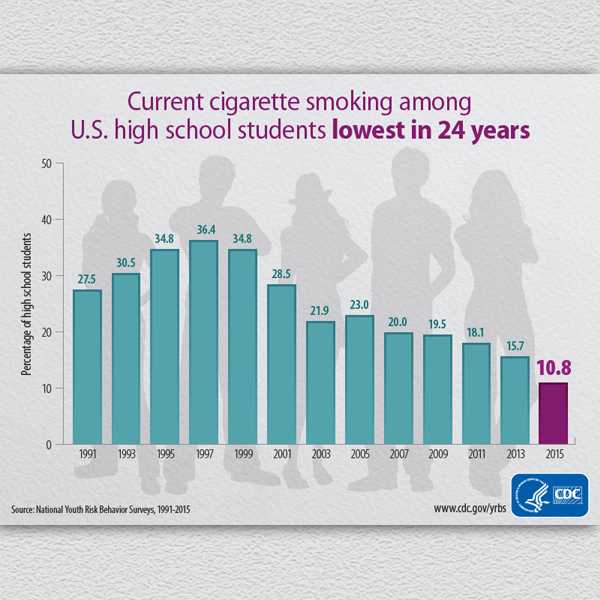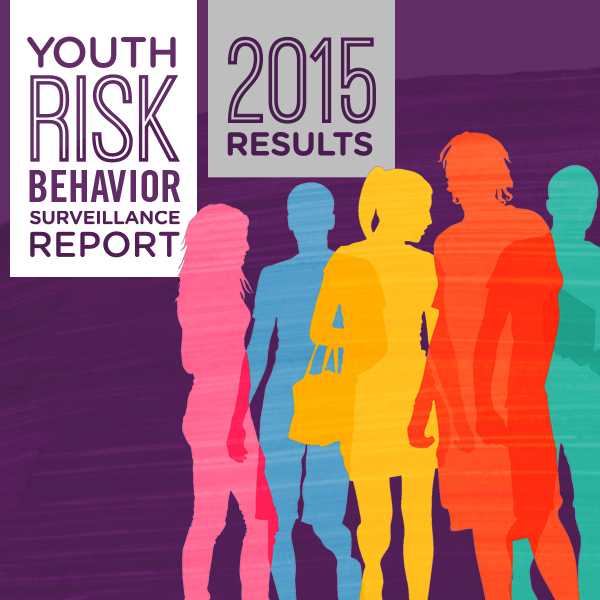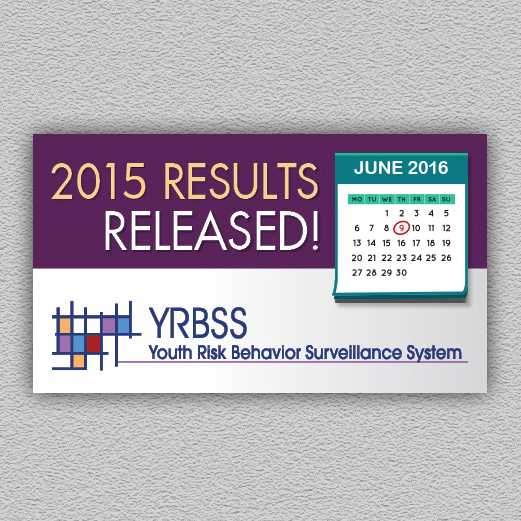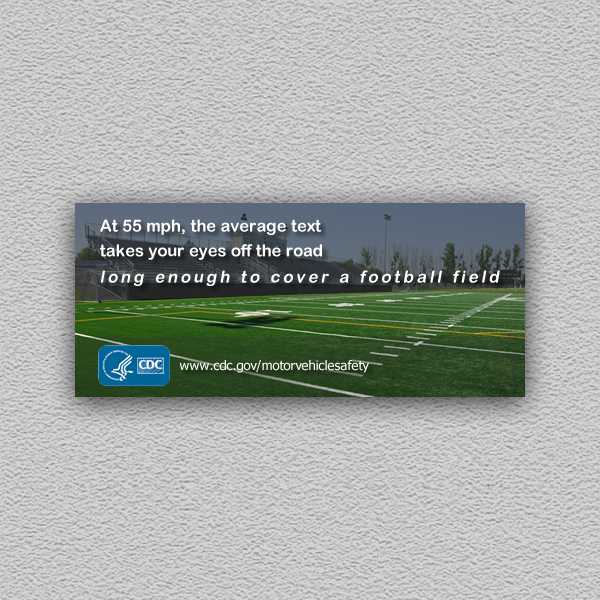YRBS 2015 Results
Youth Risk Behavior Survey Results Released
Cigarette smoking among U.S. high school students at an all-time low, but e-cigarette use a concern
Cigarette smoking among high school students dropped to the lowest levels since the National Youth Risk Behavior Survey (YRBS) began in 1991, but the use of e-cigarettes among students poses new challenges according to the 2015 survey results released today by the Centers for Disease Control and Prevention.
Although current cigarette use decreased significantly from 28 percent in 1991 to 11 percent in 2015, new data from the 2015 survey found that 24 percent of high school students reported using e-cigarettes during the past 30 days.
Among the key survey findings:
- The use of wireless devices while driving continues to put youth at risk
- The 2015 survey findings showed encouraging reductions in physical fighting among adolescents.
- Nationwide, the percentage of students who had not gone to school because of safety concerns is still too high.
- Nationwide, 17 percent of students had taken prescription drugs (without a doctor’s prescription one or more times during their life.
- The 2015 YRBS report shows mixed results regarding youth sexual risk behaviors. While teens are having less sex, condom use among currently sexually active students and HIV testing among all students has declined.
- The trends in obesity and sedentary related behaviors, such as drinking sugar-sweetened beverages and screen time, has varied in recent years.
Contact Information
CDC Media Relations
(404) 639-3286
media@cdc.gov
Spokespersons
Stephanie Zaza, MD, MPH
“This year’s YRBS report shows that fewer high school students are engaging in some important health risk behaviors. But, there is still cause for concern when it comes to other risk behaviors, like not using condoms, excessive computer use, and texting or e-mailing while driving. We must all work together using interventions based on the best science available to reduce health risk behaviors among high school students.”
“Adolescence is a developmentally appropriate stage for risk taking. This makes it an ideal time for youth to also establish good decision making skills so that risk taking is not long-lasting or life-threatening. YRBS results are so important because they teach us where to focus our efforts to reduce risks and help encourage healthy behaviors for youth now and well into the future”
Stephanie Zaza, MD, MPH – Director of CDC’s Division of Adolescent and School Health
Laura Kann, PhD
“Health risk behaviors among youth vary over time and across the nation, making the YRBS an important tool to better understand youth. The YRBS helps us identify newly emerging behaviors and monitor long-standing youth risk behaviors over time. While overall trends for the 2015 report are positive, the results highlight the continued need for improvements in reducing risks among teens.”
Laura Kann, PhD – Chief of CDC’s School-Based Surveillance Branch
Related Links
- YRBS Overview
- Youth and Tobacco Use
- Youth Violence Prevention
- School Violence
- Youth Bullying: What Does the Research Say?
- Teen Dating Violence
- Distracted driving
- Teen drivers
- Parents are the Key to Safe Teen Drivers
- Parent-Teen driving agreement
- Sexual Minority Youth
- MMWR on Trends in HIV-related behaviors among H.S. students
- Competitive Foods in Schools
- School Health Guidelines to Promote Healthy Eating and Physical Activity
- Physical Activity Guidelines for Children
- HHS Office of Adolescent Health
- BetobaccoFree.gov
- FDA’s The Real Cost Campaign
- Substance Abuse and Mental Health Services Administration: School-Based Violence Prevention Programs To Reduce Bullying and Aggressive Behaviors
- StopBullying.gov
- Distraction.gov
- National Highway Traffic Safety Administration- Teen Drivers
- Blueprints For Healthy Youth Development
- What Works in Youth HIV
- Page last reviewed: June 9, 2016
- Page last updated: June 9, 2016
- Content source:



 ShareCompartir
ShareCompartir






